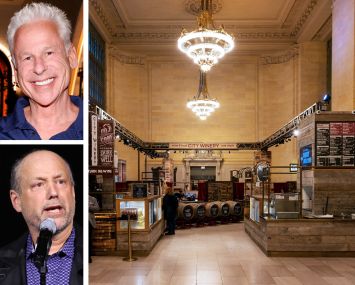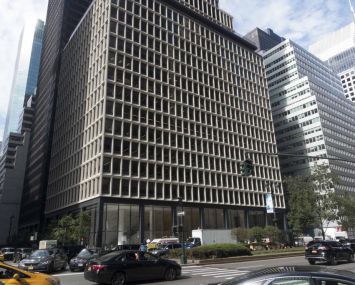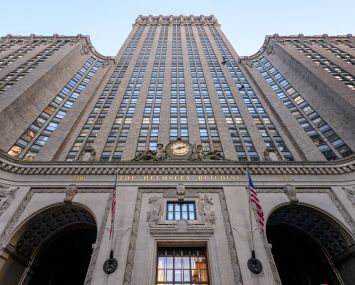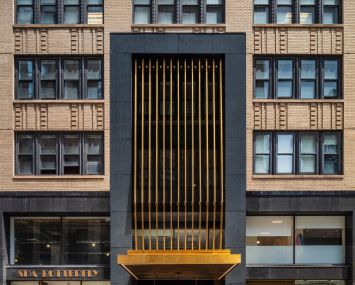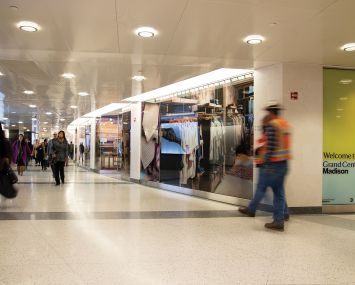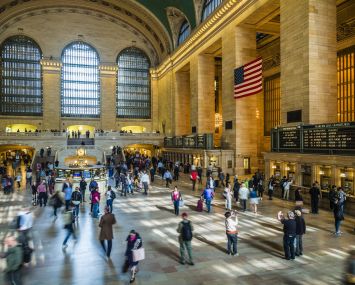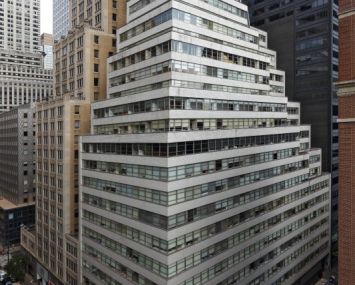Grand Central Terminal
A major transit hub at East 42nd Street and Park Avenue in Midtown Manhattan.
The original terminal was the southernmost spot that trains were allowed to travel for much of the 19th century because of an order from the Common Council to keep the noise low, according to Kenneth Jackson’s The Encyclopedia of New York City. Despite its centrality, it needed constant updating and innovation.
In the late 19th century, engineer William Wilgus proposed electrifying the tracks, running the trains below ground, and selling the leasing and air rights above to raise revenue. This proposal led to the development of Grand Central.
Architect Whitney Warren of the firm Warren and Wetmore designed the beaux arts facade of the new station, which opened to the public on Feb. 2, 1913, according to Grand Central Terminal’s web site.
The New York Central Railroad, which built the station, merged with the Pennsylvania Railroad in 1968 to form PennCentral Transportation. It went bankrupt, however, and sold off its assets, including the station, to the Metropolitan Transportation Authority. By the 1990s, the station fell into disrepair but received a massive renovation. Major improvements to the subterranean area have been underway in exchange for special zoning for the construction of the One Vanderbilt office tower across the street.
Some 750,000 people pass through the station every day, according to its website, making it the second most visited place in New York City after Times Square.




